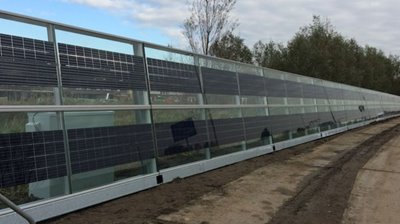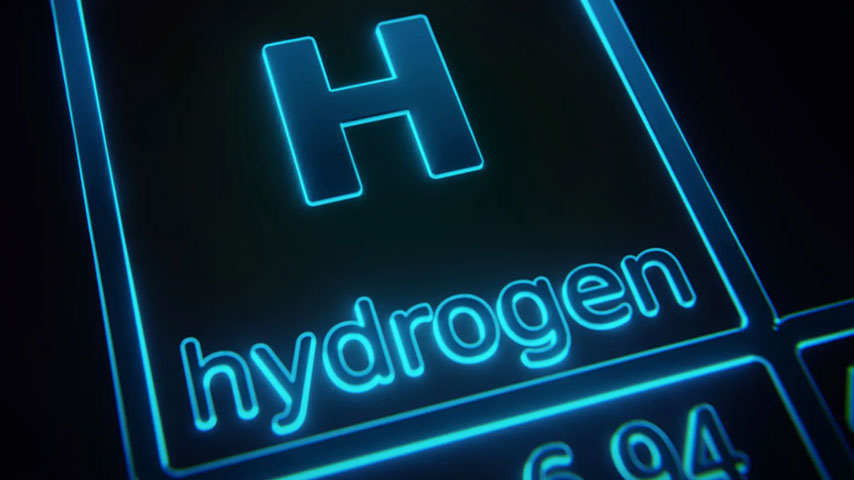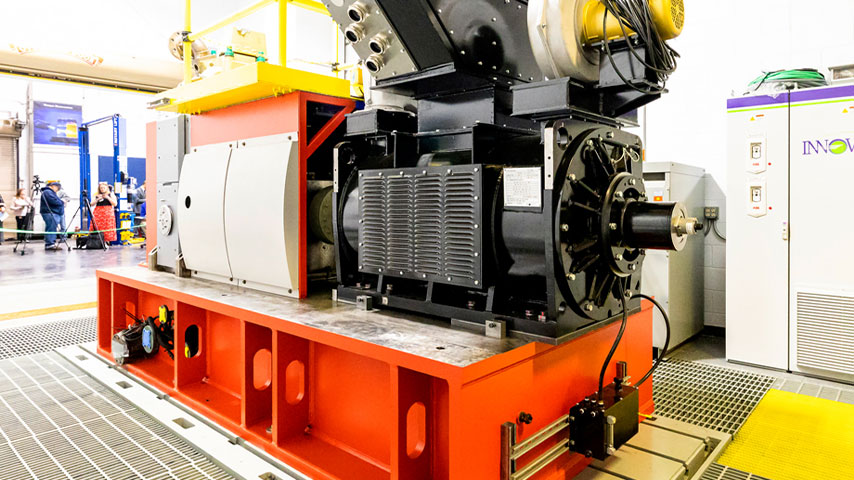Share this
6 Ways Solar-Powered Technology Blends into Everyday Life
by Career Guide on Jun 12, 2023 4:12:46 PM

City planners and product engineers turn away from large, cumbersome solar panels, as new and efficient solar-power technology blends in to become indistinguishable from real life.
By Cassandra Martindell
As solar power technology gets smarter and slicker, it becomes more closely entwined with everyday lives. From building materials to fabrics and more, this list of recent solar innovations will inspire businesses and communities to reimagine what’s possible.
Solar Roof Tiles
The red-tiled roofs of sunny Mediterranean destinations attract tourists from across the globe. But as much as we love these picturesque landscapes, there is a missed opportunity for solar power. A company by the name of Dyaqua has found a way to disguise the classic solar roof panels to match the scenic and historic architecture in areas like Rome, Pompeii, and Evora so that they can begin to capitalize on the sunshine.
The technology was a natural match for Evora, explained Graziano Peterle, Dyaqua’s research and development manager. The city is on hill and has red and terracotta roofs. Photovoltaic panels are black or dark blue and on these hill-side venues they tend to stick out.
The municipality liked the solution that the company provides: modules composed of a non-toxic, recyclable polymeric compound that encourages photon absorption. Inside sit the standard monocrystalline silicon cells. So, while the surface looks opaque, it allows light to enter and feed the cells.
The same technology can be used to create other materials as well, such as stone, brick, concrete, and wood making it possible to preserve the original aesthetic of classic architecture during routine restoration projects across the region.
Solar Noise Barriers
In addition to the air pollution brought on by the workings of cities, noise pollution has also shown to be an important concern when considering environmental impact. In a two-for-one innovation, a company called Solar Innova has created noise barriers, which can be installed along highways, that are also solar panels.

Photo: Solar Innova
The company is pushing for the barriers to be installed near residential areas, hospitals, and schools, and will perform an acoustic study to assess the proper placement of the barriers. The barriers are fully recyclable and can last up to 30 years, making them a competitive alternative to standard noise barrier infrastructure.
According to their website, the designs “not only radically reduce the noise pollution but also adapt to the environment due to its aesthetics, minimizing the aesthetic and environmental impact.”
Solar Windows
Manufacturers design modern windows to reflect and absorb a fraction of the light that is passing through to protect those on the other side from harmful UV rays and make homes and workplaces more efficient. But a team of researchers at the University of Michigan wondered if it might be possible to use that stored energy for power instead of letting it go to waste.
Their organic, carbon-based, solar cells not only continue to absorb the infrared light from the sun but can transform it into useful energy that will offset buildings' energy use. Though the absorption rate varies, buildings in high altitudes will get the most benefit from this technology—bringing us one step closer to the green building innovation needed to achieve carbon neutrality.
Polarizing Wifi
Window can also store solar energy and produce wireless data transmission or WiFi to nearby devices. The King Abdullah University of Science and Technology, also known as KAUST, is developing a smart glass that polarizes solar energy.
The sunlight communication system would encode light with a data signal as it passes through the glass, which would then be filtered into a receiver. The low-energy solution would only require about 1 watt of power, which could be supplied by a solar panel. So far, the system can transmit 16 kilobits of data per second, proving the technology works. Now the goal is to develop a system that can generate in the range of gigabits.
Solar Fabrics
While exterior infrastructure provides an obvious opportunity to install solar, there are plenty of considerations for the less permanent fixtures in our lives, including our clothes. Nottingham Trent University in England is currently working on a way to weave miniature solar cells into yarn and other textiles so that we may one day be able to store the sun’s energy in our own clothing.
The cells are tiny, no bigger than a flea, and barely visible to the naked eye. With just 200 cells, a piece of clothing could generate up to 10 volts of power, enough to charge your phone or smartwatch. The cells are so small that they can’t be felt by the wearer, and better still, they are coated in resin so that the clothing can be washed and worn like any other piece of clothing in any wardrobe.
"This is an exciting technology, which could revolutionize the way we think about solar power, clothing, and wearable technology,” shared researcher Achala Satharasinghe, who developed the prototype as part of his Ph.D. at the university. “With the availability of miniaturized solar cells, we can generate power in a range of new ways, by utilizing things like clothing, fashion accessories, textiles, and more.”
Solar Cells
Fabric infused with solar cells can also be quite versatile. MIT researchers have developed a solar fabric with uses far beyond clothing—think the sails of a boat, large tents and tarps, or even the wings of a drone.
To create the material, hair-thin 3D-printed solar cells are glued directly on the surface of the fabric and then laminated for a strong, flexible, lightweight product. Early testing showed that the fabric can generate 18 times more power-per-kilogram than a traditional solar panel. To put that into perspective, if you were to install the fabric onto a roof, you’d only add 44 pounds of weight to your roof to produce as much electricity as an entire 8,000-watt array.
“We strive to accelerate solar adoption, given the present urgent need to deploy new carbon-free sources of energy,” said Vladimir Bulović, senior author of the paper, “Printed Organic Photovoltaic Modules on Transferable Ultra-thin Substrates as Additive Power Sources.”
Cassandra Martindell is a science and technology writer in Columbus, Ohio.

Putting Hydrogen to the Economic Test

On Track to a Hydrogen-Powered Locomotive
